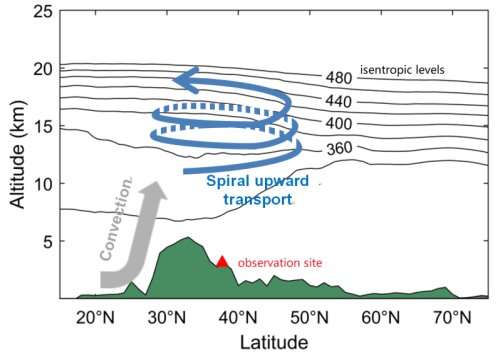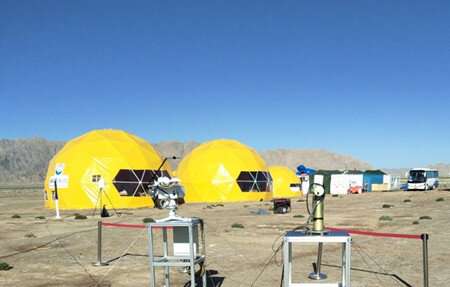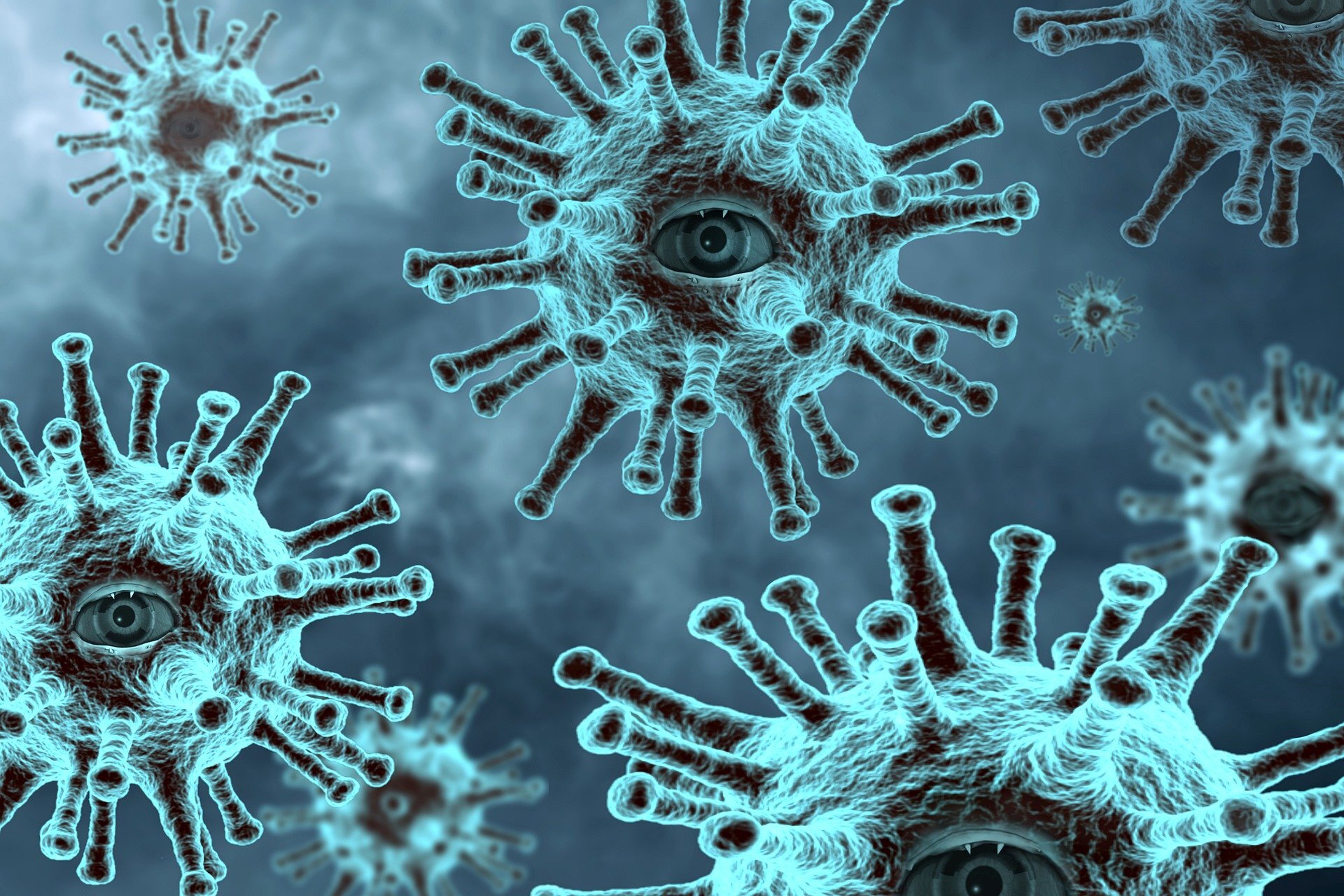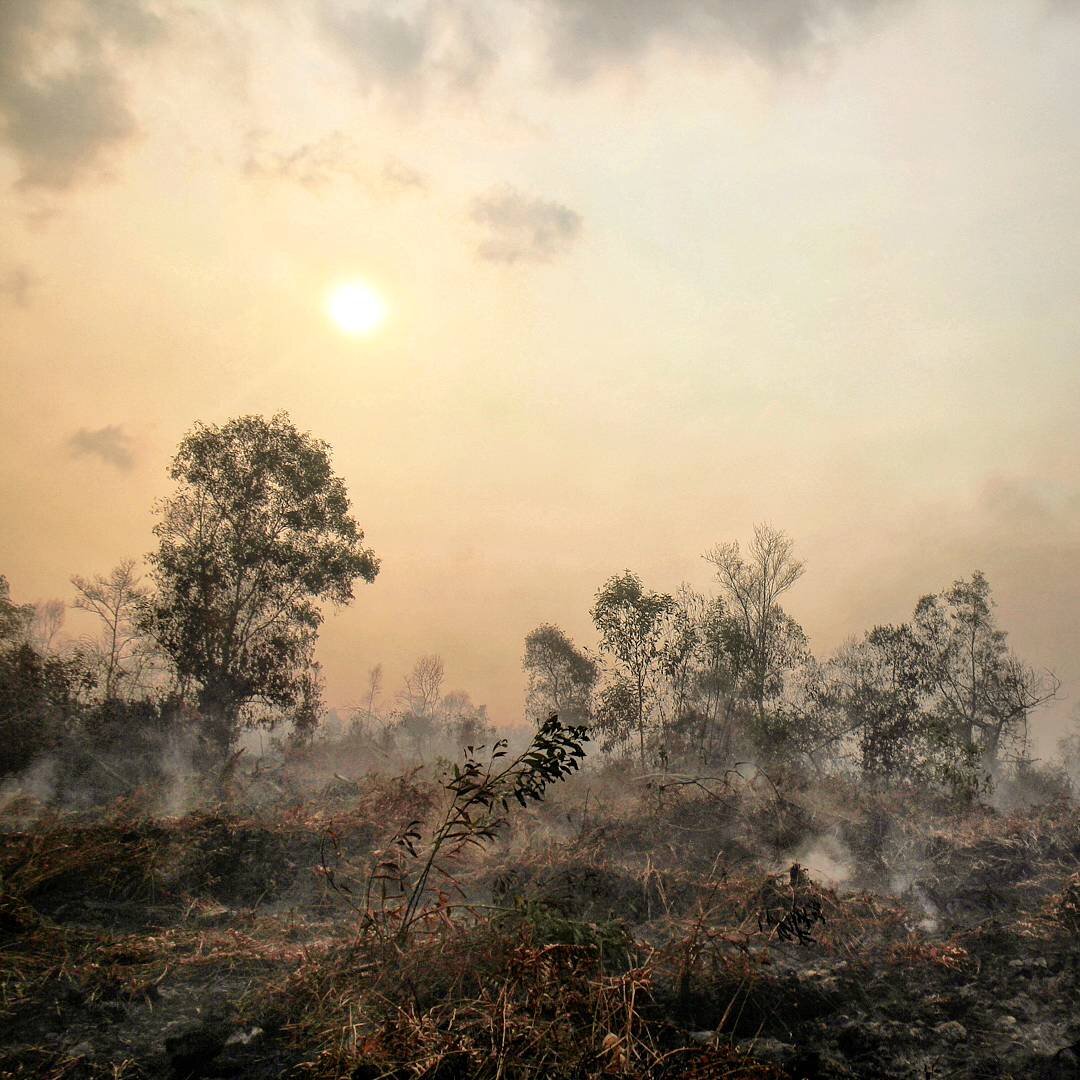#Pollution in Asian tropopause layer comes from human activities and natural sources, study finds
“#Pollution in Asian tropopause layer comes from human activities and natural sources, study finds”

The Asian Tropopause Aerosol Layer (ATAL) is a thin layer of aerosol with a thickness of about 3-4 km, which appears regularly at the height of the tropopause layer during the Asian summer monsoon (ASM) period over the Tibetan Plateau. How is it formed? Where are aerosols from? There questions have been debated since the discovery of ATAL in 2011.
Drs. Zhang Jinqiang and Wu Xue from the Institute of Atmospheric Physics (IAP) of the Chinese Academy of Sciences (CAS), in collaboration with scientists from the Aerospace Information Research Institute of CAS, conducted in situ observations using a balloon-borne portable optical particle counter (POPS), aiming to further understand the composition and sources of the ATAL. The observation campaigns were conducted in the summer of 2018 and 2019 at Golmud and Qaidam in Qinghai Province of China.
“If we would like to further understand the possible source regions of the observed aerosols, a Lagrangian particle dispersion model is the right tool to do the job,” said Wu.
They combined the observations with the simulation results from a Lagrangian model called MPTRAC and found that part of the aerosol in the ATAL was transported vertically from the Earth’s surface at the southwest of the Himalayas to the ATAL by the convection formed during the ASM season; while the majority of the aerosols could be transported from the upper troposphere to the tropopause layer via a spiral upward transport inside of the ASM anticyclone. So the composition of the aerosols in Southwest Asia in the boundary layer, as well as the aerosols in the upper troposphere may eventually influence the ATAL.

“The aerosols in the boundary layer are mostly pollution out of human activities, and the aerosols in the upper troposphere may also contain natural aerosols, like mineral dust and volcanic sulfate aerosols,” said Wu.
In situ observations for multiple years are essential to studying the ATAL, and Zhang is now preparing campaign in the 2020 summer.
Their study was recently published in Environmental Research Letters.
More information:
Jinqiang Zhang et al. Aerosol variations in the upper troposphere and lower stratosphere over the Tibetan Plateau, Environmental Research Letters (2020). DOI: 10.1088/1748-9326/ab9b43
Pollution in Asian tropopause layer comes from human activities and natural sources, study finds (2020, June 15)
retrieved 15 June 2020
from https://phys.org/news/2020-06-pollution-asian-tropopause-layer-human.html
This document is subject to copyright. Apart from any fair dealing for the purpose of private study or research, no
part may be reproduced without the written permission. The content is provided for information purposes only.
If you want to read more Like this articles, you can visit our Science category.
if you want to watch Movies or Tv Shows go to Dizi.BuradaBiliyorum.Com for forums sites go to Forum.BuradaBiliyorum.Com




